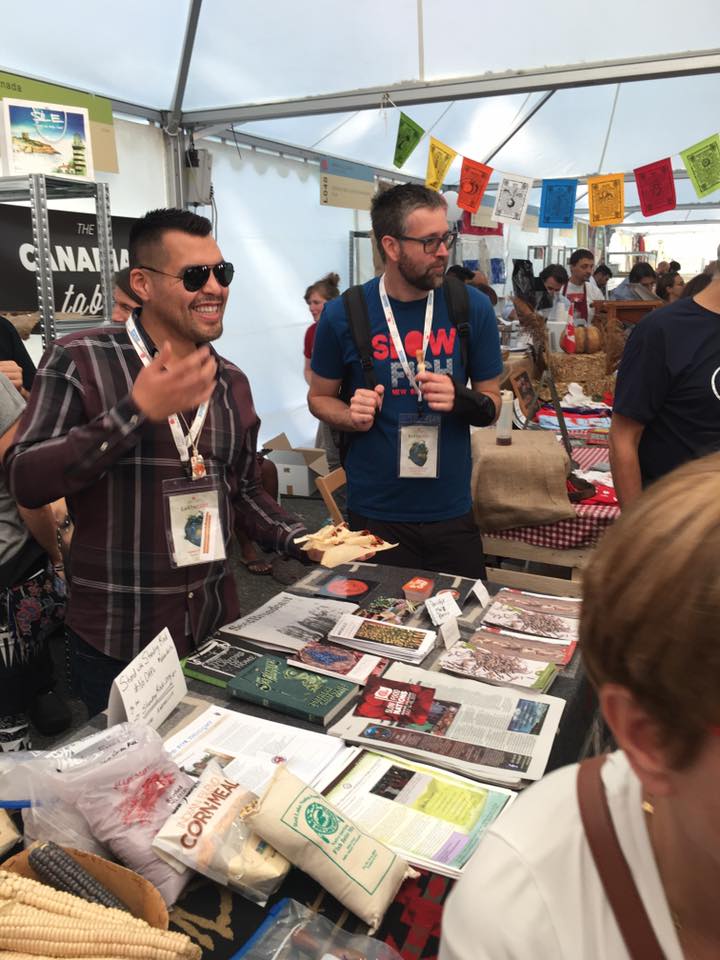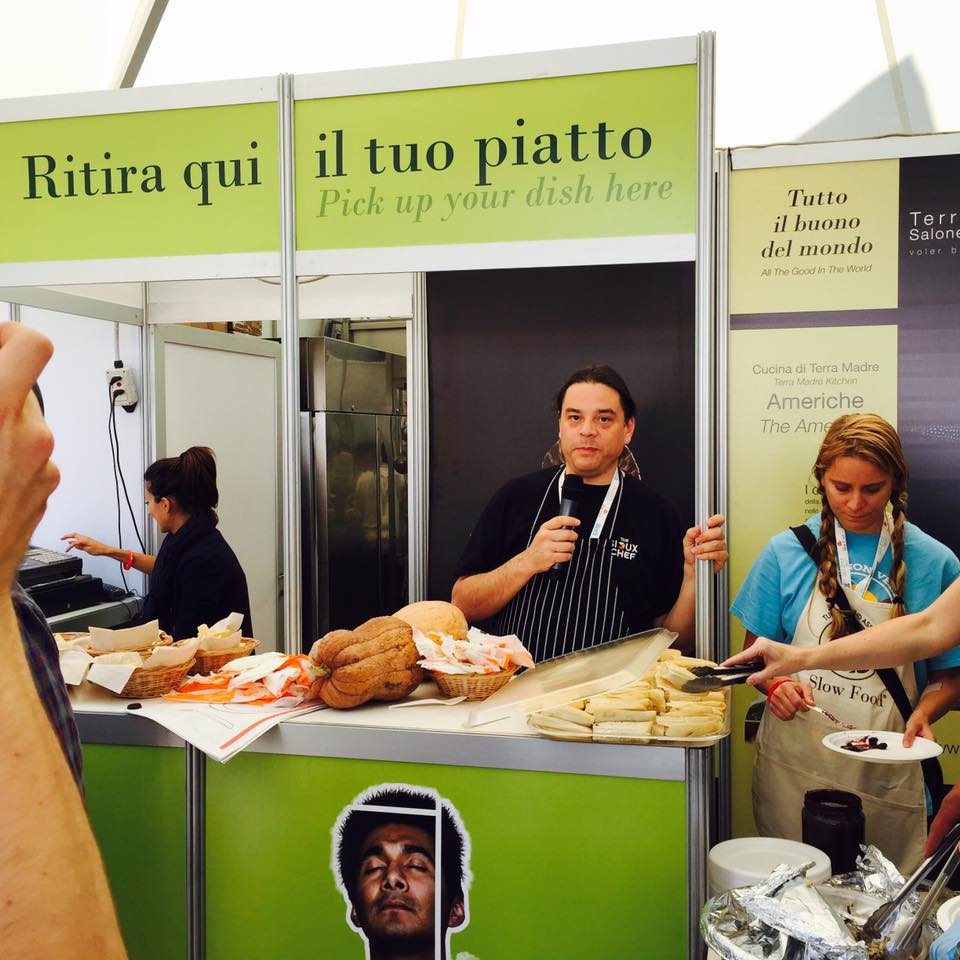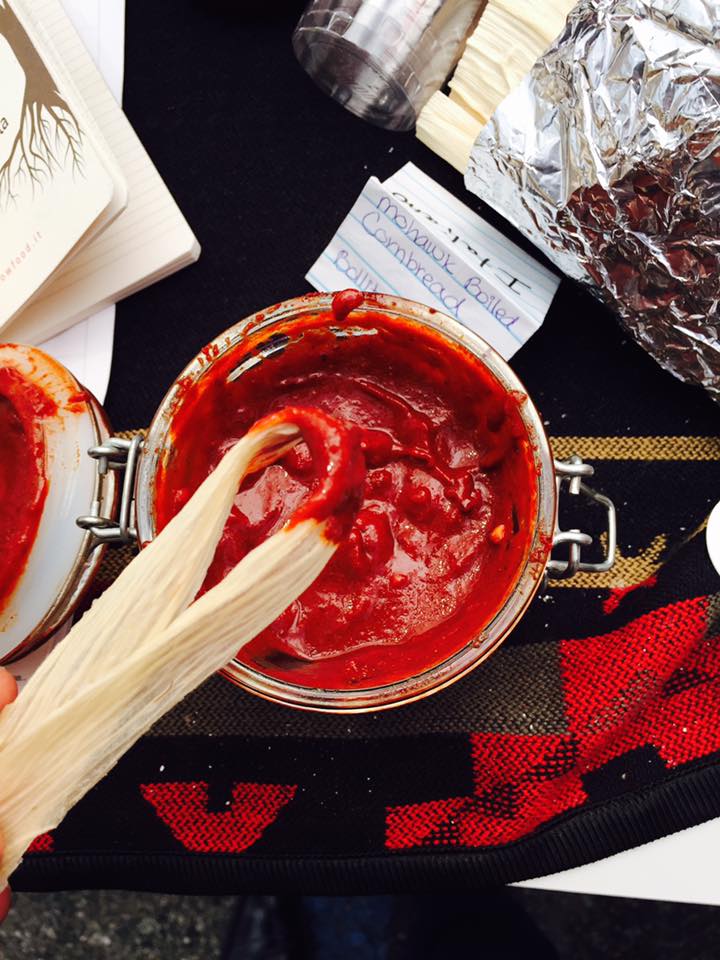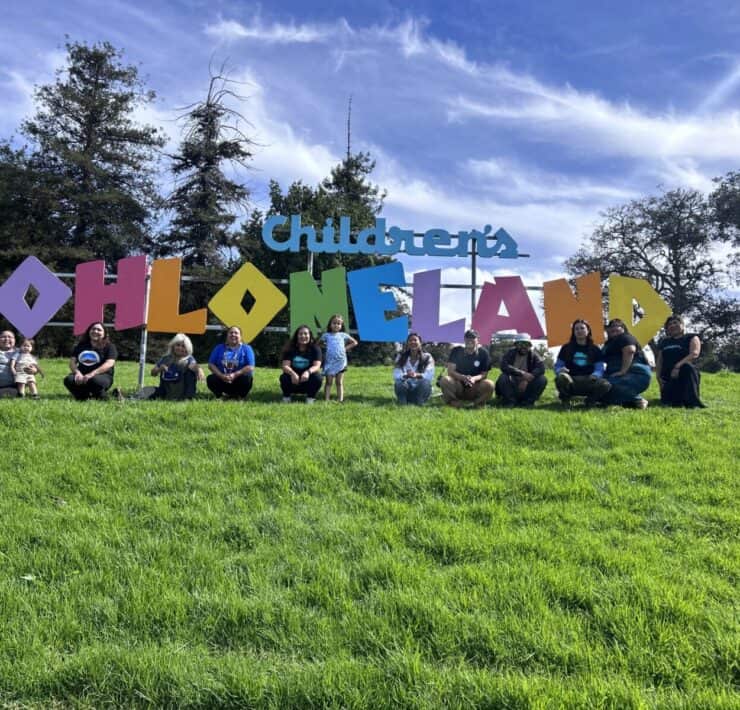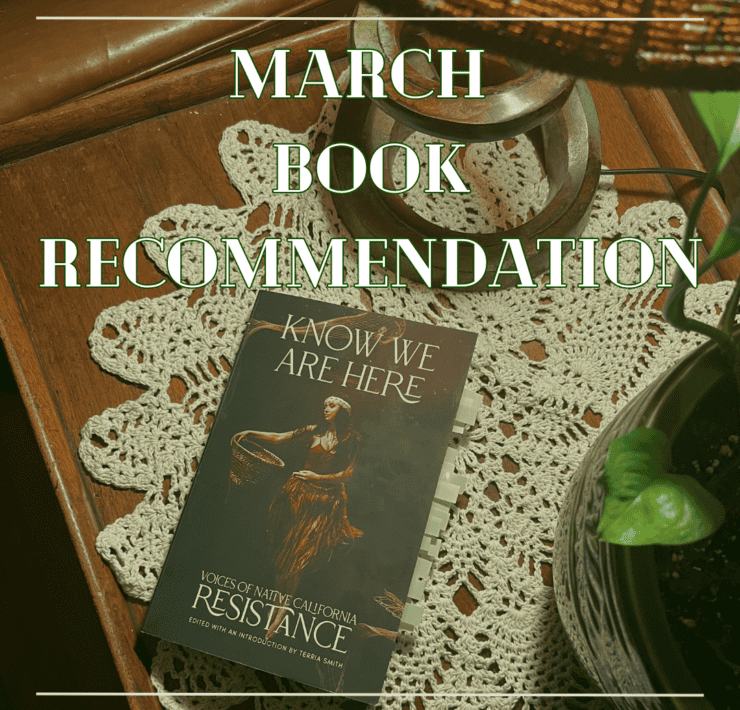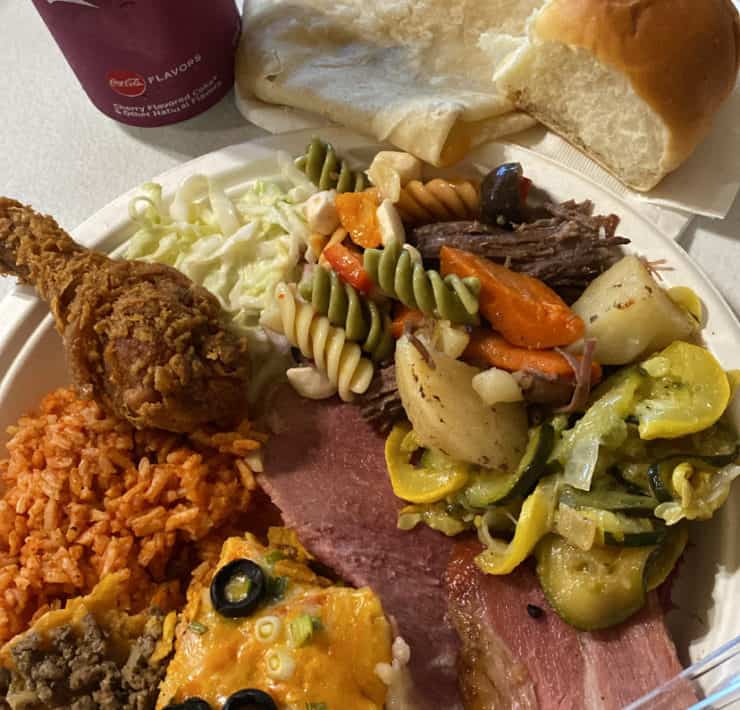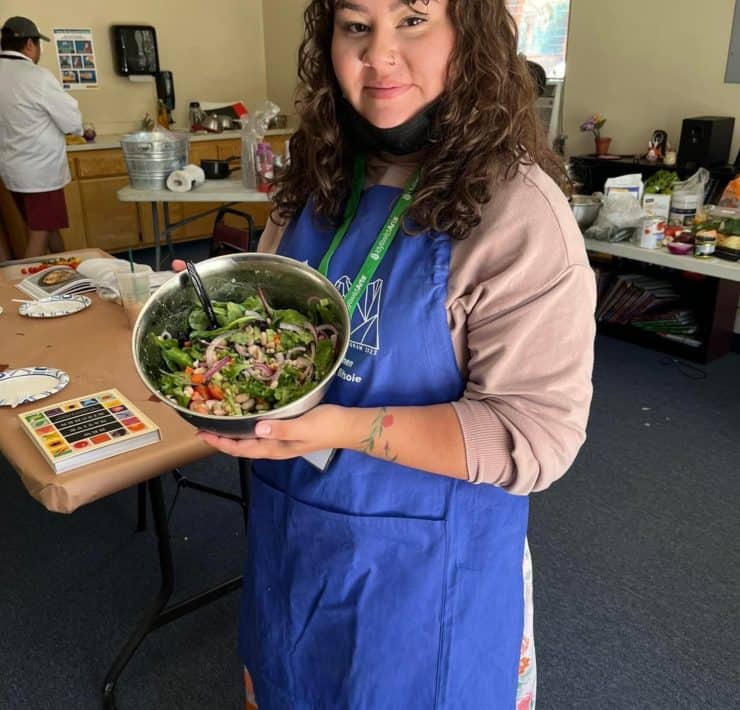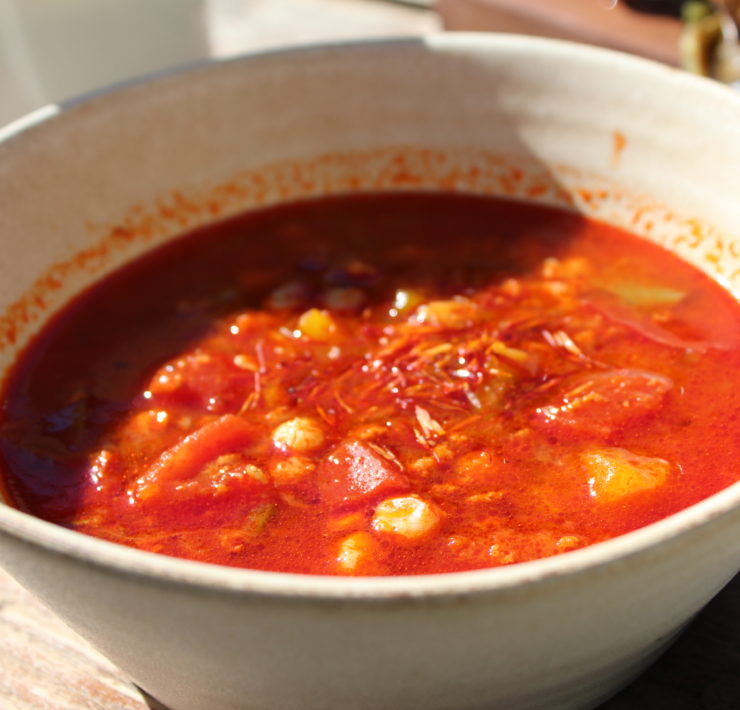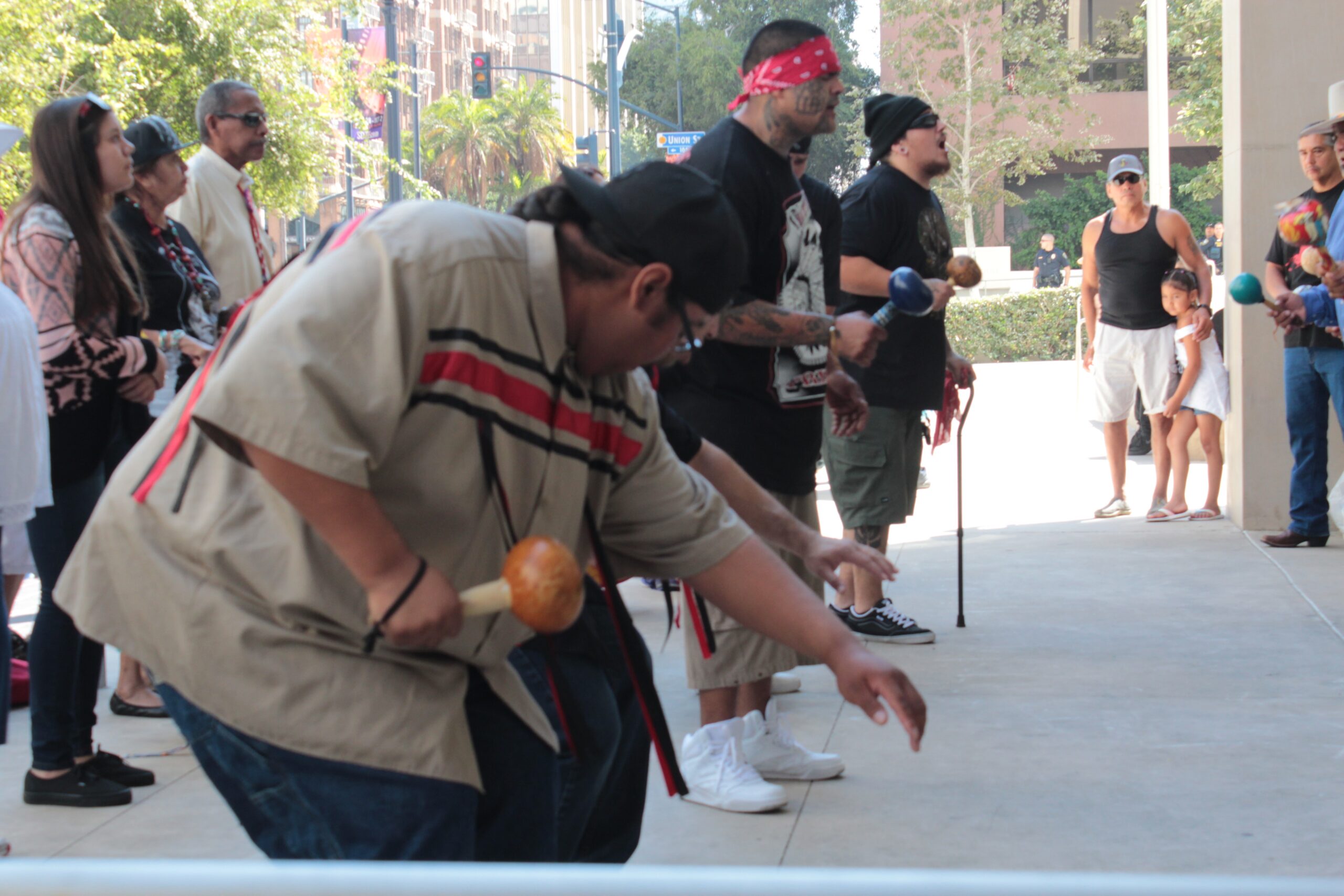Acorns in Italy: Strengthening Our Traditional Foods Thousands of Miles Away
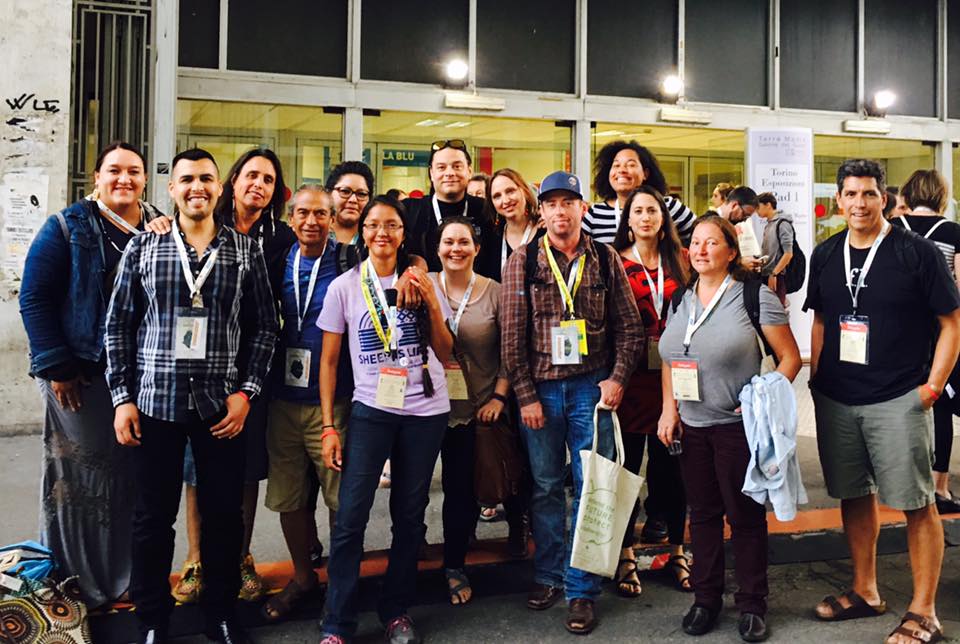
Acorns in Italy:
Strengthening Our Traditional Foods Thousands of Miles Away.
By Vincent Medina
There is a powerful movement sweeping across Indian Country to reconnect with our traditional foods. Our traditional foods across North America, varied and diverse, were often actively suppressed as colonizers came into our land and tried to change every aspect of our lives and identities. This came in many forms, and in many ways – in California, where my Ohlone community is indigenous to, our foods were suppressed by Spanish missionaries who wanted my ancestors to eat their foods, to enjoy wheat, pork, barley, and dairy – all foods unfamiliar and different to my ancestors. I wholeheartedly believe my ancestors preferred their traditional foods – yerba buena, deer, chia, salmon, acorn, fresh greens, shellfish (to name a few) – above the foods of the colonizers.
In the early Spanish records, the missionaries would bicker and gripe about how much we loved our old foods, about the happiness our people had when they could eat them, how Ohlone people would escape the Missions to gather these foods – and how our people would be brutally flogged and punished for escaping the Mission to get these foods they loved, often out of necessity because they were starving on the watch of the Spanish padres. After the Missions were secularized the Mexican and early American periods left it equally difficult to attain these heritage foods our people loved; our homelands being stolen from us by Mexican ranchos, then Anglo-American violence and sweeping land grabs. Collectively these actions left our people often without places to gather, while imposing a physically unsafe environment for my ancestors – all within our indigenous homeland, the East Bay.
Our foods never left us, despite the efforts and active suppression and land being taken. Our old timers dictated to John Harrington in the 1920s and 1930s their love and respect for these traditional California foods – they described with intimacy how these old foods heal people, they described how delicious they are. Their fondness and esteem for these foods made me wonder what they tasted like, where they could be gathered, and how they could be used in a modern, Ohlone way of cooking – one that makes these ingredients the centerpiece, while still using ingredients that my community has come to love, foods that aren’t indigenous to us in California (but still good) like spicy chili peppers, olive oil, chicken and beef.
When I started to dig a little deeper into our traditional Ohlone foods, I realized they were much closer than I expected. Having a conversation with my grandmother, Bonnie Medina, she told me how my great-grandmother, Mary Archuleta, would gather in the old way with her sister Flora in the old Sunol Rancheria. Recently, Grandma Bonnie also told me that Nana would collect Indian lettuce, and how much she loved this familiar green. She would even add it to her eggs, my grandma told me. These Ohlone foods are much closer to me than I expected.
I make gathering trips frequently with my partner Louis Trevino, who is Rumsen Ohlone and whose foods are very similar to my Chochenyo Ohlone foods. We go into the hills and canyons and gather what we can, what’s in season: yerba buena, bay nuts, manzanita, blackberries, acorn, brodeias, pine, salt. We gather these foods because we want to carry on in the way those before us did, and by using our languages and eating our traditional foods we feel closer, spiritually and culturally, to our Ohlone ancestors. Knowing these foods they ate are the same ones being eaten today. Knowing the tastes are familiar. Knowing there are words in our languages: sokkoti, enesmin, yuukiš, šaak,’awwaš, for the foods we are eating. It is a special feeling.
I began working with an organization called Slow Foods Turtle Island, a delegation of Indigenous people from North America, who are all working on projects similar to what myself and Louis are working on. We came together in Italy for the Slow Foods Terra Madre Conference in Turin, Italy on September 22-26, 2016. Respected Pueblo elders, Diné activists, a dynamic Sioux chef, a Mohawk family of food protectors are a few of the members who make up our delegation of Native people, and we decided to operate under our own delegation called ‘Slow Foods Turtle Island’ instead of being part of the Slow Foods United States delegation because we are sovereign people and sovereign nations that predate the United States.
We worked together in brilliant ways. The conference started out with Winona LaDuke (Anishinaabe) who in a speech to the general Slow Foods United States delegation, linked the importance of food sovereignty to injustices elsewhere happening in Indian Country, especially water rights. She educated hundreds in attendance about what is happening in Standing Rock, and reminded the audience about our living Indian cultures and identities. Elizabeth Hoover (Mohawk) and myself spoke alongside people like Slow Foods founder Carlo Petrini and Alice Waters. Our Native voices felt as through they resonated throughout the assembly, solidifying a strong Indian presence at the conference.
The next few days of the conference were equally powerful; in many ways it felt like we indigenized Turin. Sean Sherman (Sioux), the innovative founder of The Sioux Chef had a pop-up restaurant of indigenous North American Foods at Le Papille in Central Turin, Lorraine Kahneratokwas Gray (Mohawk) and her family, using a traditional water drum and rattles, sung beautiful Mohawk songs in front of an international crowd, California Indian foods like yerba buena and smoked eel were sampled out in this land so far from home (Italians love the taste of Native foods), and our delegation of Native people took to the streets of Turin and marched in a festive parade after the sun set with 10,000 food lovers from around the world in a beautiful show of unity to protect food sovereignty. Workshops on wild edibles, changing food systems, and discussions with global food leaders was a wonderful addition to this powerful trip.
It was a beautiful feeling, being so far from home yet able to connect on such a meaningful way with these powerful Native food leaders. It reminds me I am part of a larger movement to protect our Native foods, to cherish these foods, and serve them to our families a second time. These Native foods are foods that our bodies and souls recognize, they are worthy of fighting for.



